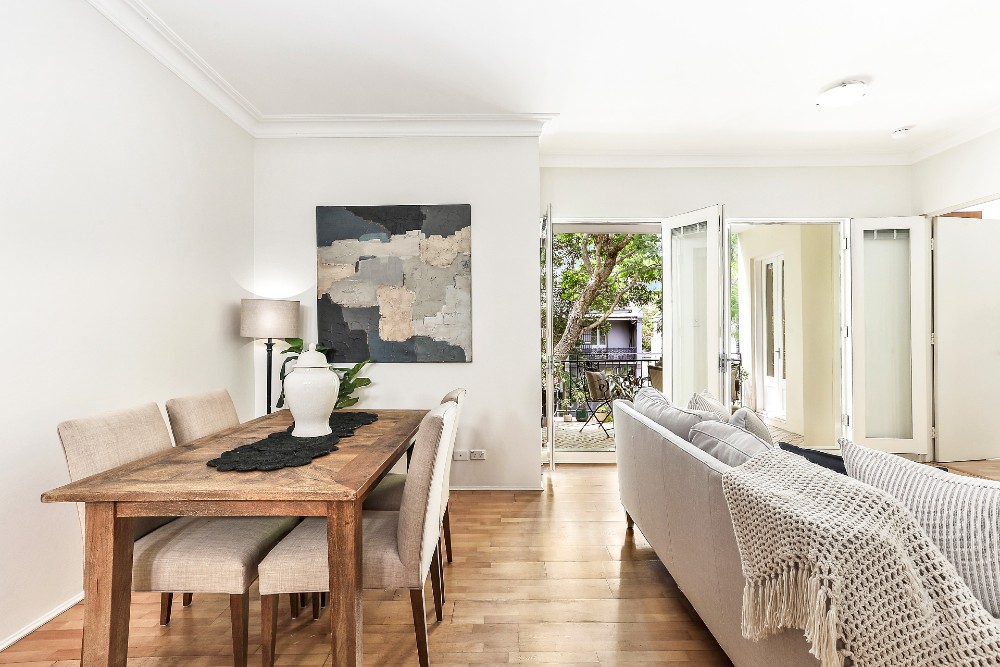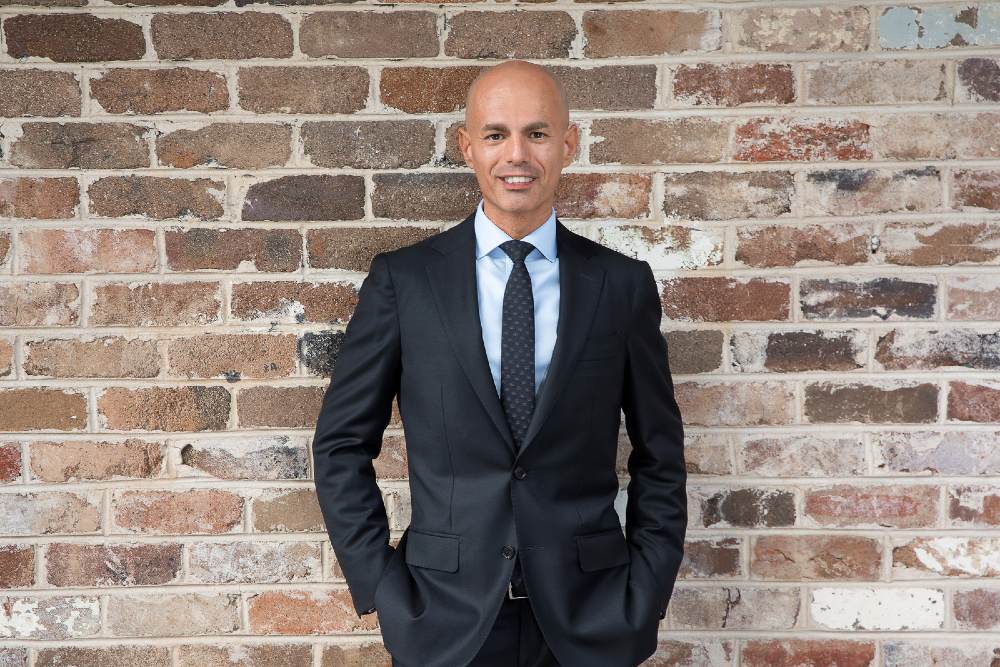Property values soaring above 2017 peaks
Property values around the country are continuing to soar. In Sydney alone, CoreLogic has reported that property values have recovered beyond their early 2017 peak.
In fact, in the first ten days of March, house prices in Sydney rose by 1 per cent. Based on the city’s median house price of $1.06m recorded by CoreLogic in February, that’s a rise of over $10,000 in under two weeks.
If you’re saving for a deposit, then what you need to save has also risen by about $2,000 over the same period.
We’re witnessing this upward trend all over the country, with the latest figures from CoreLogic’s home value index revealing the strongest monthly rate of growth in national dwellings since 2003.
Besides the fact that the world is still in the grips of a pandemic, and that our borders remain closed, buyer demand is rampant and being spurred on by not only the lowest interest rates in history, but also unprecedented levels of government spending and a little sprinkling of FOMO.
In a property-obsessed country, we’re used to the hyperbole employed by the industry, but this little anecdote from a local mortgage broker on Friday really just sums it all up.
“This is the busiest I’ve been in 16 years, and even the banks can’t keep up with demand.”
And to be honest, the data speaks for itself.
According to figures from the Australian Bureau of Statistics, home buyer loan commitments in January 2021 reached the highest levels since May 2009 — and compared to January 2020, there was a 70.8 per cent rise in owner-occupier first home buyer loan commitments.
While interest rates are low, the steep rise in property values is certainly acting as an incentive for buyers to move quickly, lest they miss out. There is a genuine fear amongst buyers that if they don’t get in now, then their saving capacity will quickly be outpaced by housing values.
In the case of Sydney, a rise of one per cent in 10 days is simply insane. CoreLogic’s Head of Residential Research, Eliza Owen recently remarked that prices in Sydney were now in “uncharted waters.”
We’re in a seller’s market
A huge part of the equation comes down to supply and demand. While property listings have risen in line with increasing consumer confidence, according to data from SQM Research, February listings were down by 13.1 per cent nationally compared to the same time last year.
According to Louis Christopher, Managing Director of SQM Research, absorption rates are picking up pace, which points to voracious buyer demand.
“Right now, demand is swamping supply. And nowhere more is this the case than regional Australia,” he said.
In many parts of the country, we are in a seller’s market, where buyers are clamoring for limited properties, which restricts their ability to negotiate because they’re so worried about missing out.
As a result, vendors are achieving far beyond what they thought was even possible.
According to Mr Lawless, Head of Research at CoreLogic, “vendor discounting rates were estimated at a record low of 2.6 per cent in February, which auction clearance rates consistently hovering in the high 70 to low 80 per cent, which is well above average.”
Clearance rates this high point to extremely tight conditions.
Take the recent sale of 6/83 Marriott Street by Max Klimenko of Ray White Touma Group as an extraordinary example of what’s happening in the market. A two-bedroom, two-bathroom apartment with parking in a leafy pocket of East Redfern and walking distance to Surry Hills.

A comparable but newly renovated apartment in the same complex sold for $1.2m in 2017, in what was arguably the last peak in the property market.
On Saturday, 6/83 Marriott Street drew quite the crowd and sold for $1.365m under the hammer. The property had been guiding a price between $1.1m and $1.2m.

Despite the pandemic and an economic recession, that’s an increase of 13.75 per cent compared to a property sold in the same complex during the last boom.
On the same day, Max and his team sold 3/37 Cornwallis Street, Redfern. The auction attracted 11 registered bidders, and sold for $1.24m — $124,000 above reserve.

Is this pace of growth sustainable?
Economists from CBA are estimating that property values will rise by nine per cent in 2021, and seven per cent in 2022. While Westpac has predicted a 20 per cent increase between now and the end of 2023.
It’s got us all thinking, is this even possible? While housing markets are performing strongly, it’s unclear whether this growth is sustainable.
While price growth is great news for homeowners, it creates significant challenges for non-homeowners who want to get a foot on the ladder, raising questions about the nature of housing affordability in Australia.
According to the 2020 Demographia Housing Affordability Survey, the median multiple of house prices to income is 5.9 times in Australia versus 3.6 in the US. In Sydney it is 11 times, and in Melbourne it is 9.5 times.
While rates aren’t expected to rise until around 2024, according to Shane Oliver, Chief Economist from AMP Capital, “if the property market continues to hot up as expected, causing financial stability concerns for the RBA, a tightening in lending standards is likely next year, which should start to slow things down.”
The next big test is when JobKeeper ends in March. According to Mr Christopher from SQM Research, “if there is no evidence of material fall in clearance rates over April, then nothing is going to stop the market until the day APRA steps in to regulate lending, or we have a rate hike from the reserve bank.”








